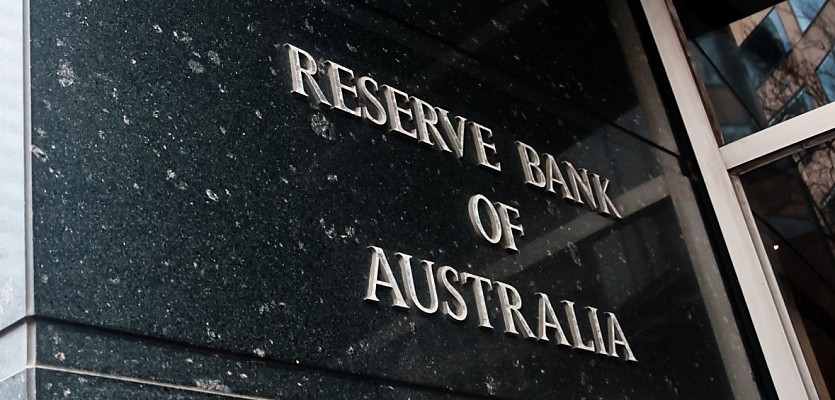Could less frequent meetings cause the board to err on the side of making a move instead of holding steady?
The Reserve Bank of Australia (RBA) may have decided to leave the cash rate untouched for today, but the new meeting schedule could cause the bank to make larger adjustments than under its previous model.
Under the new meeting, as with the old iteration, the cash rate update was announced on the first Tuesday of February. The next cash rate call will now come down on 19 March, a full two weeks after it would have been reassessed under the old model.
This is part of the bank’s decision to hold eight meetings per year instead of 11, following a federal review of the central bank’s governance, leadership, policy framework and culture.
The move was designed, as then-governor Philip Lowe explained, to “provide more time for the board to examine issues in detail and to have deeper discussions on monetary policy strategy, alternative policy options and risks, as well as on communication”.
While many Australian borrowers interpreted this change as a sign of relief from the monthly stress of ensuing mortgage rate rises that they experienced throughout most of 2022 and 2023, one economist warned that the change might not end up feeling like a positive change for mortgage holders.
Dr Nataliya Ilyushina, an economist and research fellow at the Blockchain Innovation Hub at RMIT University, opined that “less frequent meetings by the RBA may mean the rate changes could be more drastic each time”.
Today’s announcement, as well as last week’s CPI figures, may lead some to feel certain that the cash rate is only going down from here. But Dr Ilyushina said that further rises can’t be ruled out in light of broader economic indicators.
“On one hand, if they do not raise the rate there will still be little relief on the cost of living such as rising grocery prices, petrol and other essentials. On the other hand, if they continue to raise it the home ownership ‘dream’ will continue to be a nightmare for many,” Dr Ilyushina commented.
And while forthcoming federal measures are meant to soften the blow of rising financial pressures, the economist opined that Australians are likely to be feeling the pinch for some time.
“While the newly introduced tax cuts are designed to ease some financial strain on lower income households, they are barely going to offset the cost of living pressures felt by the masses.
“Many of the cost-of-living increases are non-discretionary, meaning people don’t have a choice about where they feel the pinch,” she explained.
She, like many, is hoping that “the RBA can work out a balance that will eventually see both inflation and rate decrease – or at least slow down – in the coming years, if not months”.
ABOUT THE AUTHOR
Juliet Helmke
Based in Sydney, Juliet Helmke has a broad range of reporting and editorial experience across the areas of business, technology, entertainment and the arts. She was formerly Senior Editor at The New York Observer.







You are not authorised to post comments.
Comments will undergo moderation before they get published.